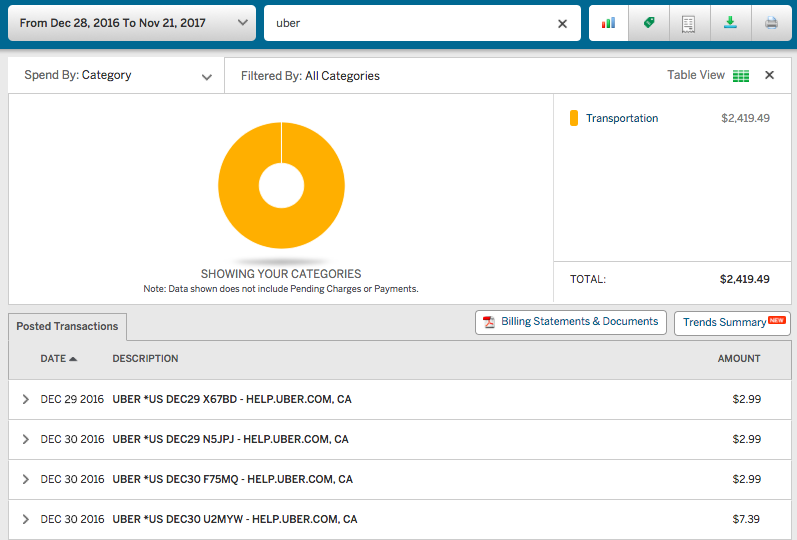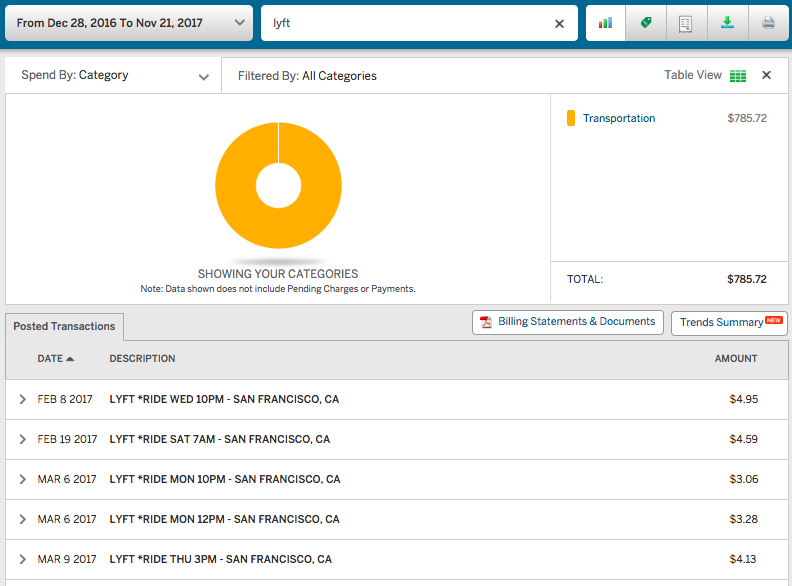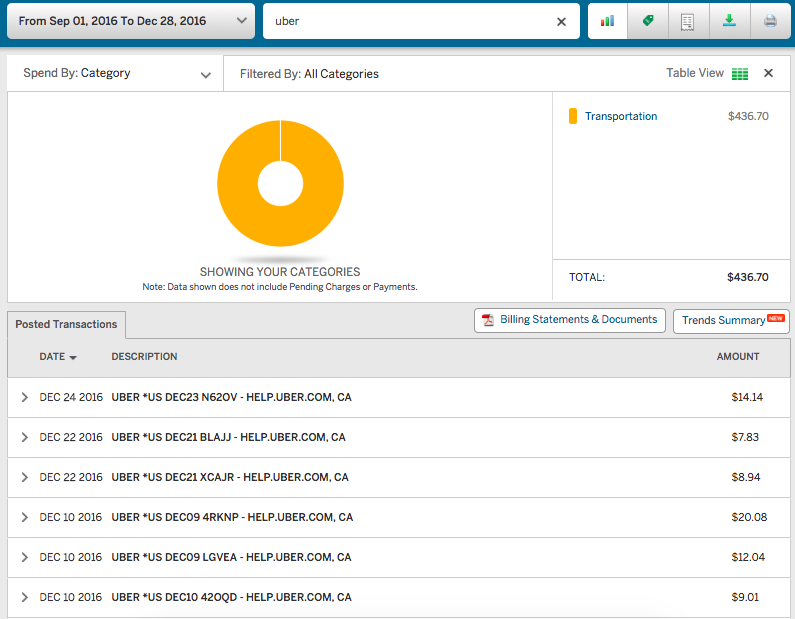Yesterday was bittersweet.
It was the final day of a “two week experiment” that turned into an 11 month lifestyle change filled with adventure, new perspective, and wonderful stories.
Yesterday we went from a one car family to a two car family. The simple and exciting reason: our family is growing and we are expecting! Shout out to my amazing pregnant wife carrying our baby while going through 4th year of residency. You’re a warrior, love.
So of course my wife gets a new-pre owned car and I get the leftovers.
It seems like this time of the year many folks are deciding what to do with their cars. Below is a recap of the past 11 months including costs, benefits, annoyances, and overall experiences about another option outside of buying a new car or signing another lease.
It was almost 1 year ago, late December to be specific, where I had to turn my lease back on my electric vehicle. I did it right before we left for a week out of town. When we got back, the flow of work and life was in full swing. I remember saying to myself, let me Uber/Lyft around for a week or so until I have an open weekend to go car hunting. It was as if there was no other option than scheduling time on calendar to go car hunting.
Two weeks passed by and my perspective dramatically shifted of what a car-less life in Atlanta looks like. I said to myself, “maybe I don’t need to go car hunting, maybe I’ll just keep doing this for a bit longer.”
Two weeks turned into 11 months as I sit and write today.
I started ridesharing full time out of procrastination and busyness. I stayed with ridesharing because of the great people, exciting conversations, increased productivity, and new perspective on how I spend my time.
Below is a random assortment of facts, thoughts, benefits, and costs to the entire experience. When you walk away from this post, my goal is for you to know the option of just ridesharing in Atlanta is very doable, quite enjoyable, and a perfect option for many assuming certain factors.
Let’s begin.
Reframing Time Management:
The two week experiment really focused me on how I spend my time. There were three major revelations.
1) I spend a large portion of my day looking at my phone.
2) Looking at my phone while being driven around versus driving around is much more productive and safer.
3) It’s amazing how much more time you have to your day when someone is driving you around — I can basically do anything in a car that I can behind a desk outside of a web demo. I’ve written dozens of blog posts for my business, sent thousands of emails, read more books this year than since college, and read countless articles.
The moment you realize you can actually speed up (read more, email more, do more) by slowing down (waiting for a train, sitting in traffic with a Lyft driver), it’s a very enlightening experience.
Commute:
I live in Northeast Atlanta. We actually moved mid year from the Morningside area to a mile down the road closer to Emory. It’s important to understand this because I cannot conveniently walk to MARTA (4 miles). For groceries, I’d have to walk a 3/4 mile. (I only did this once because it was such a nice day, then took Lyft back home).
I work in Buckhead at the Atlanta Tech Village and it can take anywhere from 20 minutes to 40 minutes to get there depending on traffic. The closest MARTA station is the Arts Center which is exactly 4 miles aways from our house. I write all of this in hopes you’ll understand that if I want to leave the house, I’m using some sort of ride share.
Oh and if you’re wondering about a bicycle, I sold mine to my brother who lives in Athens two years ago and do not have one.
Profession:
I run a software company called WideAngle out of the Atlanta Tech Village. It’s important to know this because my job requires little travel around the metro Atlanta area. I was out at a farm this past weekend with friends and many of them are in real estate. As we were discussing my past 11 months, most would not be able to ride share all the time because of the demands of their work.
In addition, there are plenty of strong lunch options walking distance. I almost never ride-shared to lunch.
MARTA:
Another huge asset is my work is close to MARTA. This saved me hundreds of hours sitting in traffic. Yes, the Atlanta Tech Village is in the traffic-filled Buckhead but the newish pedestrian bridge was so clutch in terms of commute time for many reasons. Also, getting anywhere in Atlanta around the North-South MARTA line between Buckhead and downtown is the best kept secret in all of Atlanta. You can get to Buckhead in 15 minutes on MARTA and vice-versa from Buckhead to downtown. Anyone who complains about traffic, particularly in Buckhead, doesn’t use MARTA.
1 Car Family:
Even though I did not have a car for the past 11 months, my wife did. This is important for many reasons. About 90% of the time when I’d leave somewhere on the weekends where we had to drive, we’d be together. The exception were a few golf trips. Otherwise, if we’re going to hang in the North Georgia mountains or visit friends in Savannah or go to a wedding in Charleston, we’re almost always going together in our 1 car.
Knowing these factors help frame how not only was I able to do it but also how I’ll genuinely already miss it.
Financial Benefits
From late December 2016 to Mid November 2017 I spent $3,204 on Ride sharing. That would be $785 on Lyft and $2,419 on Uber. Look at the credit card statements below.
I also refilled my MARTA card 6 times with 20 rides, that is an additional $300 of transportation cost.
So when it’s all said and done, I spent $320 a month on transportation since late December. Not bad when the average cost of owning a car is $9,000/ year.
There are many caveats on how I managed to keep it at that number.
Lyft Lines + Uber Pools:
It’s amazing how far you can go in this town inexpensively if you decide to share the ride. I’ve had trips to the airport cost a few dollars. If I had to the guess, I likely Uber Pooled or Lyft Lined 60%-70% of my rides and approximately 60% of those rides had another passenger.
Uber’s Flat Fee: This is the sole reason why Uber earned so much more of my budget than Lyft. They rolled it out sometime in the beginning of the year. This program allows you to pay $20 (it started out at $10) for unlimited rides for 30 days at $6.99 for regular Uber and 2.99 for Uber pool. Both have increased a dollar since. The vicinity that you can go on those rides is a mile in circumference outside of 285 (ballpark). Every month I got this pass and used them like crazy. It really saves you from the surge spikes that for the most part, I dodged.
MARTA + Lyft Line:
The MARTA + Lyft Line is the move. If I don’t want to sit in traffic for 40 minutes on 400 going South, I can hop on MARTA, get to Arts Marta station, take a $3-$4 Lyft Line home and I’ve spent $6 to get home. Do that twice a day and that’s 12/day on transportation, or $3120 to get to and from work for the year.
Work Travel, Vacation, Weddings, Holidays, Working From Home
We have one of the busiest airports and access to the world right down 75/85. You really start to think you’ve figured transportation in Atlanta out when you leave. You remind yourself that you are not paying for your car to sit in your driveway, doing nothing, while you’re at a wedding or taking a few days off around holidays.
Between work travel, working remotely, vacation, and holidays, you’d also be surprised the number of days not commuting to work. Of course, all of this is depends on your job but 43% of employed Americans said they spend at least some time working remotely, a 4% increase since 2012.
Unexpected Realizations
Below are my Uber charges from September 2016 to late December 2016 — the 4 months before getting rid of my car. I did not realize how much I was taking Uber while paying for a car! In those 4 months alone I spent $435 on rideshare. It makes sense because if my wife and I are going to dinner or over to a friends house to watch a game we’re going to Uber. The reality was we Ubered any ways on the weekend.
Another unexpected realization was how it shifted my buying behavior. UberEats and HelloFresh were used a lot more than before. Instacart was used a few times. Most of the shopping was done on the weekends as we still had one car anyway. There were many times where there was an ounce of inconvenience that put enough pause in my day to find a way around it. Services like HelloFresh helped a lot.
This leads me to my final and most important point, the cultural and emotional benefits and costs.
Cultural and Emotional Benefits and Costs
The conversations I had and the people over the past eleven months were amazing. I sang with drivers, prayed with drivers, told jokes with drivers, asked them about any and all questions around life.
The conversations were ones that make you think about deeper than your next meeting.
Here’s one from “Nate” (name changed)
Nate didn’t want to turn 50 in Chicago.
“There were over 800 murders in Chicago last year and most of them happened in my neighborhood., I had to get the hell out.”
“Once I realized that the kids growing up in my neighborhood had no regard for life, I knew I had to get out.”
“So I moved to Stone Mountain.”
Me: Why didn’t you move to another place in Chicago?
“There was no option. You have to have Michael Jordan money to move out of the hood in Chicago.”
How do you like it so far down here?
“The South get’s a bad wrap for being racist but after being down here for a few months, at least everyone can work together, live together, and be culturally accepting.”
“There are still places in Chicago where I can’t go as a black man at night and you can’t go as a white man at night.”
Meeting new, interesting people was by far and away the biggest benefit of ride sharing for 11 months.
The second best was having more time to yourself. Not every ride is a happy hour. Often times I was reading books, writing blog posts, combing through email, or catching up on articles. Time inside a car took new meaning for me.
It wasn’t all better.
Four major areas took the biggest sacrifice.
Freedom. It is a great feeling driving up Peachtree whenever you want with all your windows down blasting out T.I., Jeezy or Gucci Mane. Just you alone in the car with whatever music you’re feeling at the moment. That is a big void that is hard to quantify.
Convenience. Before only ride sharing, stopping at Dunkin Donuts for coffee on the way to the office was so easy. Now, if you want that part of your daily regimen you’d need to buy your driver one or get two rides to and from it. This is just a small example of the little conveniences not easily available.
Social. Of course I got made fun of by friends for not having a car. Didn’t really care, but some people wouldn’t be able to stand the cocktail conversation about not “owning a car.” Or the assuming, of-course-you’ll-need-a-ride-Birdsong jab. Some were pretty clever and I laughed with them — the cultural aspect of getting out of my bubble and routine meant more.
Ownership. At the end of 11 months of ride sharing, I still didn’t own a car. There was not an asset in my name. Even though cars are historically the worst investment.
Why I Did Ride Sharing for Almost a Year
The simple reason for starting was my lease was up. My curiosity, procrastination, and life’s flow of work kept it going for two weeks. My thirst for something different and meeting new people and share interesting stories kept it going.
As I try to think of ways to maintain that degree of meeting new people with systematic regularity, I can only think of one way moving forward with a car…become a driver.
Thanks for reading.



